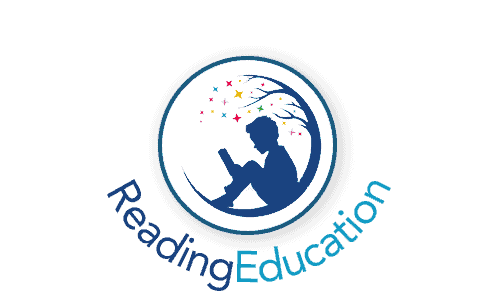As detailed in our article that details the ‘Five Pillars’ of learning to read (which you can read here), phonics are an essential facet of the process of learning to read, and are typically the first technique children learn in becoming fluent and confident readers.
Phonics instruction relates to the process of assigning children to learn and understand the relationship(s) between letters and the sounds they make. For example, children learn that the letter ‘d’ represents the sound /d/, and that it is the first letter in words such as dog, dad, dig, and did.
One of the most effective ways for children to start learning phonics is through playing games and activities that are engaging and make the process of learning fun and enjoyable. Here are a handful of ideas for playing phonics games and activities at home.
Fun Phonics Games and Activities at Home

1. Letter Race!
This is one of my personal favourites as it incorporates a little bit go physical activity in there too! For this, you’ll need a magnetic board, magnetic letters, and quite a bit of space. Place the magnetic board on one side of the room, with the magnetic letters in a bowl or box on the other side of the room. Shout out a sound, or a word that starts or ends in a specific sound. Then ask your son/daughter to find the right magnetic letters for the sound you or word you’ve called out, and run over to the magnetic board and stick the letters to it. Don’t forget to use a ‘ready, set go!’ to let them know they can start finding the correct letters!
2. ‘I Spy’ with a twist!
This is a tweak on the classic game of ‘I Spy’. Rather than ‘I spy with my little eye’, this is ‘I spy the sound’. In this variation, ask your child to spy words that start with a specific sound, rather than a letter. For example, “I spy with my little eye, something beginning with…mmm”. This is a great (and very fun!) way to develop phonemic awareness and phonic skills.
3. Match the Rhymes!
Rhymes may seem like they’re for entertainment purposes only, but in reality, they play an essential role in helping children learn to read. How? Well, rhymes aid a child’s reading development by helping them to understand that sounds have meaning and that they follow certain patterns. To play this game, two pieces of paper and several coloured crayons or pens; write down a small list of words on one a piece of paper and place it on the table in front of them. Following this, get a second piece of paper, write down words that rhyme with the words you’ve written on the other piece of paper – but do so in a different order. Once you have done this, place the second piece of paper down in front of them, next to the first piece. Give your child the colour crayons or pens, and ask them to match the rhyming words by placing a specific colour next to the words that match.
4. Hopscotch with a twist!
Yes, another classic children’s game with a twist! Phonics hopscotch is an excellent way to help children build their ability to match letters to sounds. For this, all you’ll need is a piece of chalk and an area of floor or ground that can be drawn on. Draw hopscotch markings on the ground (in whichever layout you want) and in each square, draw a letter. You’re now ready to play Phonics Hopscotch! There are three primary ways that it can be played, which are detailed below, but feel free to make your own rules up!
– Call out a letter or sequence of letters and ask your child to hop onto those letters, and as they jump onto them, ask them to makes the sound of each letter.
– Ask your child to hop on the letters in alphabetical order, making the letters sounds as they hop from one square to the next.
Thank you for taking the time to read our blog; we really appreciate your time and hope you found this article informative and helpful. If you have any comments, questions, or suggestions, please don’t hesitate to get in touch!

